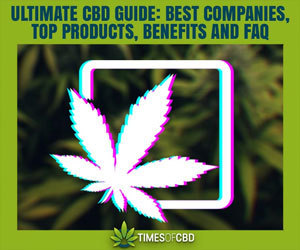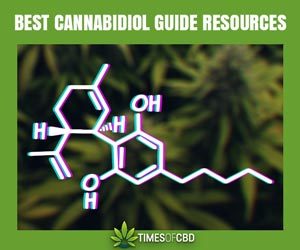Marijuana Movement
A Fourth of Canadian Medical Marijuana Patients Feel Access to Cannabis is Harder Since Legalization

A survey by Abacus Data approved by Canadians for Fair Access to Medical Marijuana and the Arthritis Society and the Canadian Pharmacists Association shows that the legalization of recreational cannabis in Canada has had an influence on access to medical cannabis. 25% of medical cannabis users saying that it is now harder to access the cannabis they need.
Janet Yale, Arthritis Society President and one of the main person responsible for the survey says:
“For many Canadians with arthritis, cannabis truly is medicine. It's time the health system treats it as medicine – and that starts with ensuring that patients have timely, reliable and affordable access to the strains, forms, and concentrations they need and that they have the guidance of a health care professional throughout the process.”
Cannabis in Canada is legal for both recreational and medicinal purposes. Medicinal use of cannabis was legalized nationwide on 30 July 2018 under conditions outlined in the Marihuana for Medical Purposes Regulations. The federal Cannabis Act came into effect on 17 October 2018 and made Canada the second country in the world, after Uruguay.
Other important findings in the study show that a majority of medical cannabis users surveyed (61%) self-medicate. A core group of medical cannabis users (38%) rely heavily on cannabis – top conditions or symptoms treated are physical pain, insomnia, anxiety, stress, and arthritis.
Though most Canadians (83%) understand that cannabis is a rightful remedy to heal physical pain and mental conditions, several patients are promptly obtaining cannabis from recreational outlets or from the illicit black market, and getting health advice from unregulated sources. Supply issues, the cost of cannabis, or a mix of these factors have also led 64% of medical cannabis users to under-dose or stretch out their supply.
Max Monahan-Ellison, vice president of CFAMM says:
“Patients need easy access to a safe, affordable, and consistent dose and cannabinoid breakdown for their symptoms and more involved support from health care professionals (HCPs). This means treating cannabis like other medically authorized treatments by eliminating tax, improving insurance coverage and HCP training, providing convenient distribution through established medical systems like the pharmacy, and more.”






